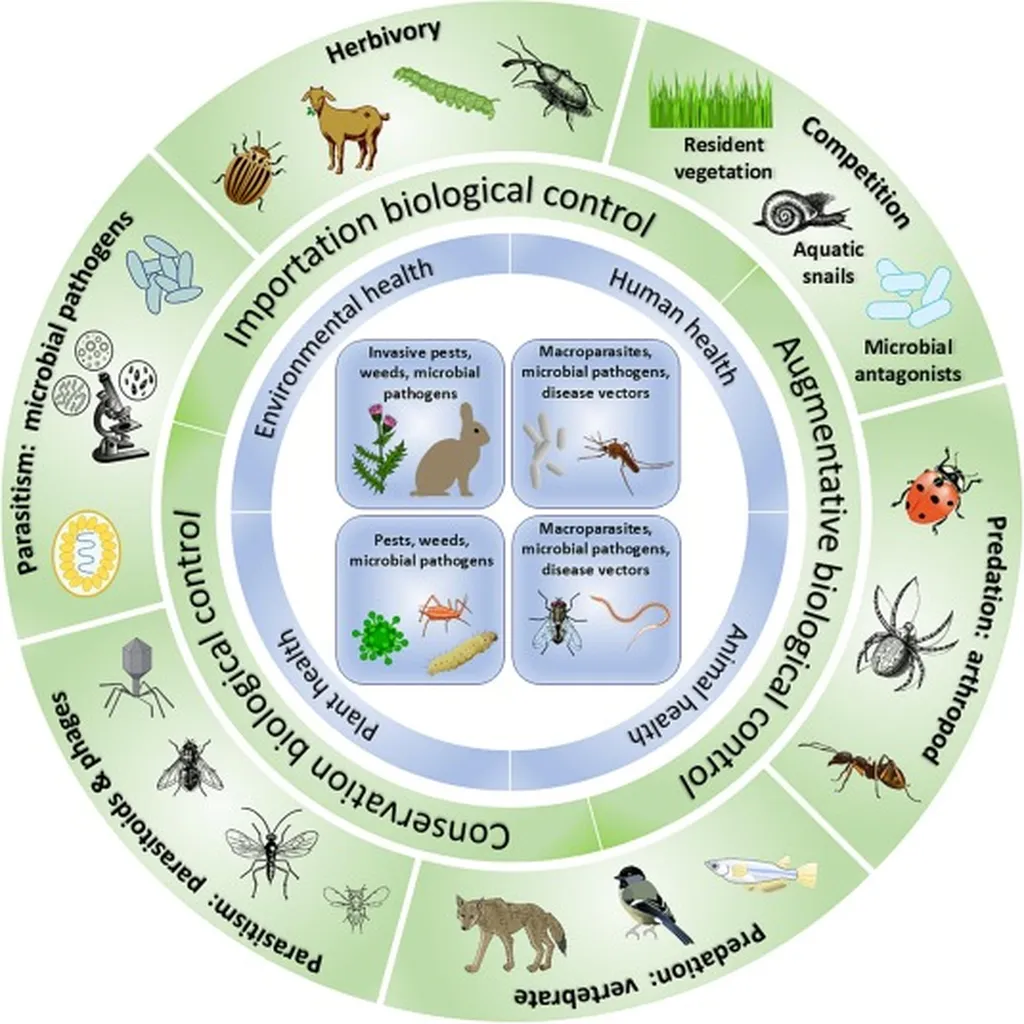In the ongoing battle against food insecurity, a new study offers a glimmer of hope by highlighting the growing role of microbial interventions in controlling aflatoxin contamination. Published in *Food Safety and Risk*, the research provides a comprehensive bibliometric analysis of global trends in microbial aflatoxin control over the past 25 years, revealing a steady rise in research and collaboration that could reshape food safety and smart agriculture.
Aflatoxins, produced by certain molds, are a persistent threat to food safety, particularly in tropical and subtropical regions. These toxins are not only carcinogenic but also exceptionally stable, making traditional control methods like fungicides and heat treatment costly and often ineffective. “Conventional measures are largely ineffective, costly, and unsuitable for smallholder farmers due to environmental and health risks,” explains lead author Oluwaseun Ola Adeniji from the Department of Biotechnology and Food Technology at the University of Johannesburg. This is where microbial interventions come into play, offering a sustainable and environmentally friendly alternative.
The study, which reviewed 550 publications, shows an annual growth rate of 11.16% in research on microbial aflatoxin control, peaking in 2019 with 56 papers. This surge in research underscores the increasing recognition of microbial biocontrol as an effective and sustainable approach to aflatoxin management. The analysis also revealed strong global partnerships, with international collaborations contributing nearly 30% of the outputs.
So, what does this mean for the agriculture sector? The findings suggest that microbial interventions could significantly reduce the economic burden of aflatoxin contamination. Aflatoxins not only pose health risks but also lead to substantial economic losses due to crop rejection and trade restrictions. By adopting microbial biocontrol methods, farmers, particularly smallholder ones, could enhance food safety, reduce post-harvest losses, and improve market access.
Moreover, the study’s emphasis on smart agriculture aligns with the growing trend towards sustainable and tech-driven farming practices. As the world grapples with climate change and food security challenges, such innovations could play a pivotal role in ensuring safe and nutritious food supplies.
The research also highlights the importance of international collaboration in driving innovation. With nearly 30% of the publications resulting from cross-border partnerships, it’s clear that tackling global food safety challenges requires a collective effort.
As we look to the future, the findings of this study could shape the development of new strategies and technologies for aflatoxin control. By harnessing the power of beneficial microbes, we may be able to create a safer and more secure food system, ultimately contributing to the United Nations’ Sustainable Development Goal of zero hunger.
In the words of Adeniji, “These findings highlight its significance for ensuring food safety, strengthening food security, and advancing smart agricultural practices.” As research in this field continues to grow, so too does the potential to transform food systems and improve lives around the world.

